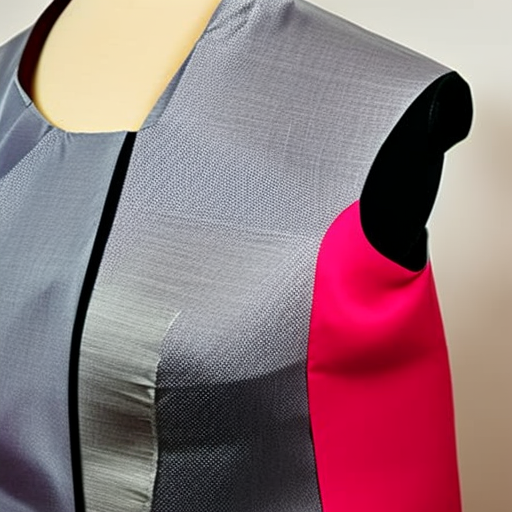Garment sewing techniques play a vital role in creating well-finished and professional-looking clothes. Whether you are a beginner or an experienced seamstress, understanding and mastering these techniques can greatly improve the quality and aesthetic appeal of your garments. Here, we explore some essential sewing techniques that every garment maker should know:
1. Seam Finishes:
One crucial aspect of garment sewing is finishing the seams to prevent fraying and ensure durability. There are several seam finishes to choose from, including:
- Overlocking: Also known as serging, this technique uses a serger machine to enclose the raw edges of the seams with thread.
- French Seam: This technique involves enclosing the raw edges within the fabric itself, resulting in a neat and clean finish.
- Bound Seam: It requires binding the raw seam allowances with bias tape, giving a decorative and professional finish.
- Zigzag Stitching: A simple zigzag stitch along the seam edge can also prevent fraying.
2. Hemming:
Hemming is the process of finishing the bottom edge of a garment. It adds a clean look and prevents fabric from fraying at the hem. Some common hemming techniques include:
- Blind Hem: Used for creating nearly invisible hems, this technique involves folding and stitching the hem in a way that the stitches are hidden.
- Double Fold Hem: In this technique, the fabric edge is first folded up once, then folded again to enclose the raw edge. It is a widely used hemming method.
- Narrow Hem: Perfect for lightweight fabrics, this technique involves rolling and stitching the raw edge to create a narrow hem.
3. Darts and Pleats:
Darts and pleats are essential in garment construction to create shape and provide a better fit. These techniques are commonly used in skirts, pants, shirts, and dresses.
Darts: Darts are folded and stitched fabric tucks used to add shape to a garment, particularly over curved areas such as busts and waists. They can be positioned in various directions to achieve desired shaping.
Pleats: Pleats are folds created by doubling the fabric upon itself. They can be used decoratively or functionally to provide additional ease and movement in a garment.

An illustration showcasing various garment sewing techniques.
4. Gathering:
Gathering involves stitching and pulling the fabric to create controlled fullness or ruffles. It is commonly used in sleeves, waistbands, and decorative elements. Gathering can be achieved using various methods, such as:
- Traditional Gathering: Two parallel rows of basting stitches are sewn, and the fabric is then gathered by gently pulling the bobbin threads.
- Elastic Gathering: Elastic thread is used in the bobbin, creating gathering while stitching simultaneously.
- Machine Gathering: Some sewing machines have specialized gathering feet or settings that make the process quicker and easier.
By mastering these garment sewing techniques, you can easily elevate your sewing projects and create professional-looking clothes that fit well and last long. Experiment with different techniques and improve your skills to enhance your sewing repertoire.
Happy sewing!





Interesting, I’d like to learn more
This post looks like an invaluable resource for honing garment sewing techniques, especially for those new to the craft. With the right tool and a bit of practice, amazing results can be achieved.